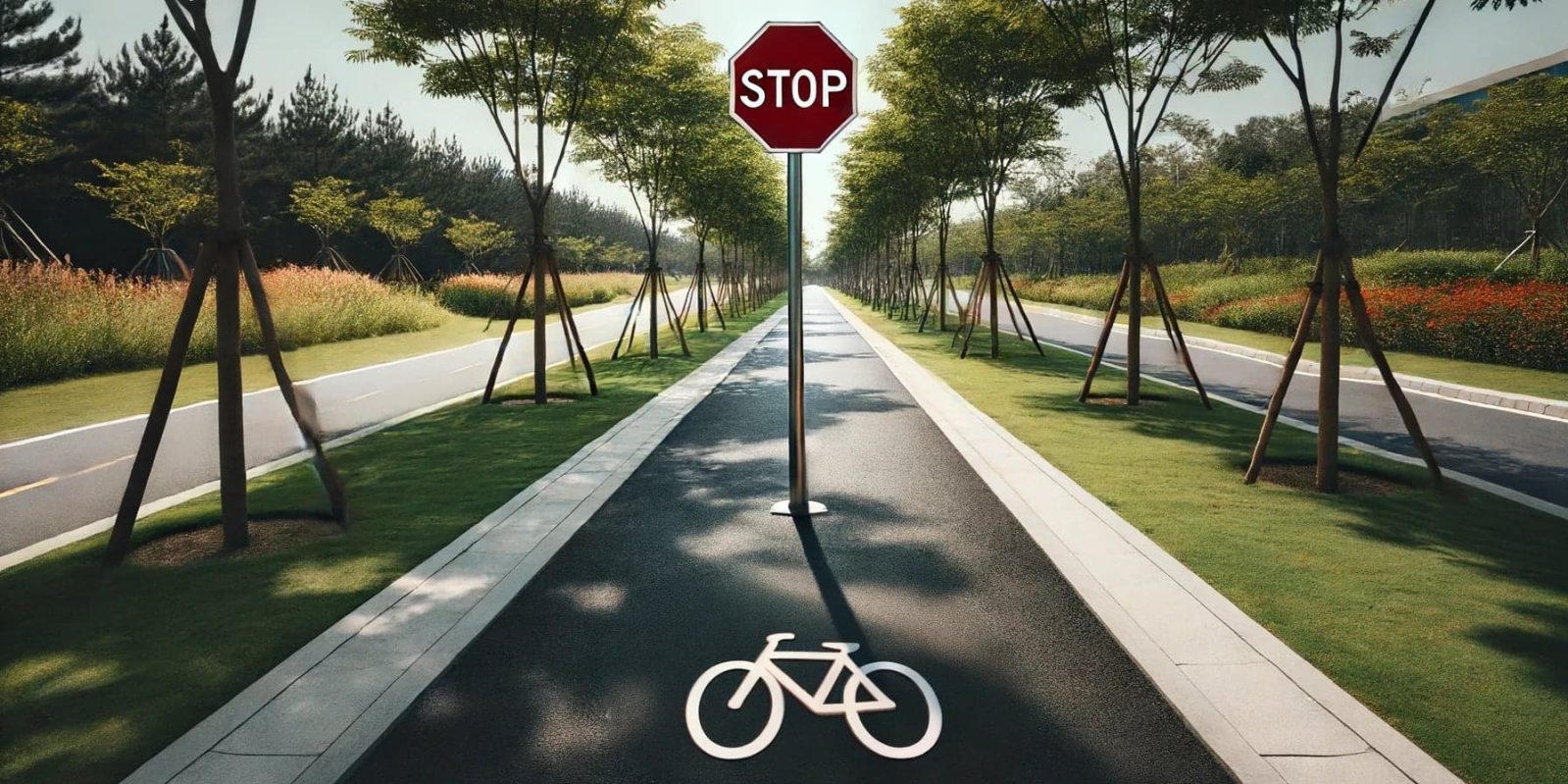
If a proposed new bill eventually becomes law, higher-speed electric bicycles may soon have a tougher row to hoe in California.
Electric bicycle speeds in the state, which uses a similar three-class system as most of the US, are limited to either 20 mph (32 km/h) for Class 1 and 2 electric bicycles or 28 mph (45 km/h) for Class 3 electric bicycles.
However, because electric bicycles are relatively simple to work on, it’s fairly easy for many owners to modify some of them to go even faster. In some cases, devices are available for purchase that can help e-bike owners do just that.
California Assembly Bill 1774 seeks to limit the sale of such devices that could help e-bike riders remove speed limits on their bikes.
The proposed legislation, which recently moved out of committee and is now headed to the larger assembly, “would prohibit a person from selling a product or device that can modify the speed capability of an electric bicycle such that it no longer meets the definition of an electric bicycle.”
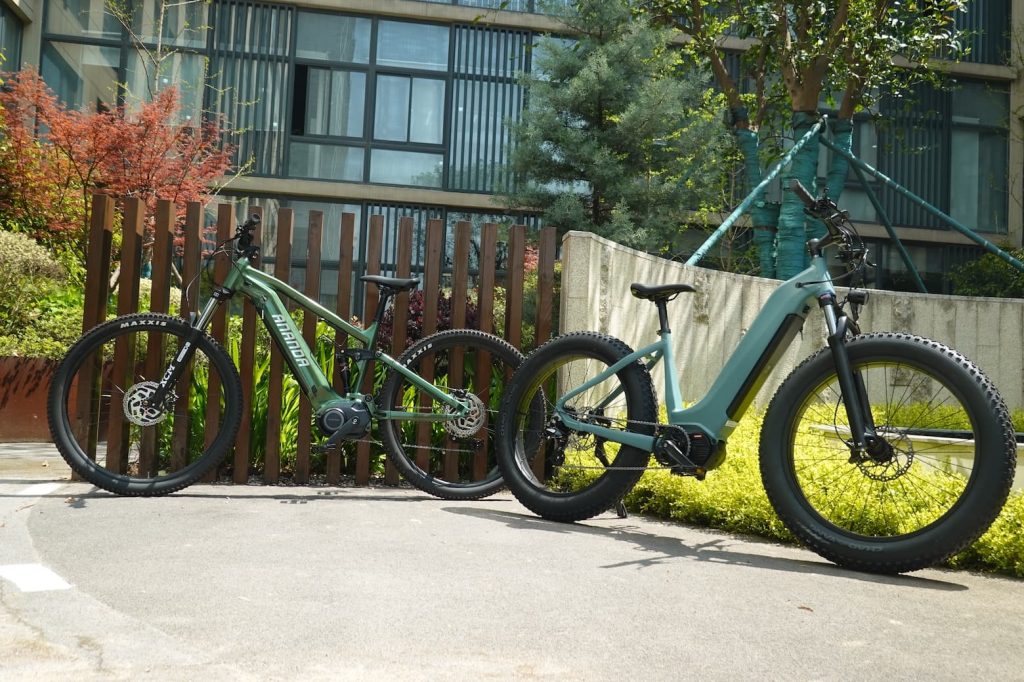
The goal is to prevent the proliferation of illegally fast electric bicycles, which would technically fall entirely outside the legal realm of bicycles. Instead, such out-of-class e-bikes would need to be reclassed as mopeds or motorcycles, which come with heavier regulatory burdens.
Higher speeds also mean longer stopping distances and more severe injuries in the event of a crash. Proponents of the bill argue that cities and municipalities may not be equipped to handle the increased speeds on their existing bike infrastructure, potentially leading to more accidents.
Moreover, insurance and liability issues become more complicated when e-bikes exceed their intended speed limits and enter into moped or motorcycle-level classes.
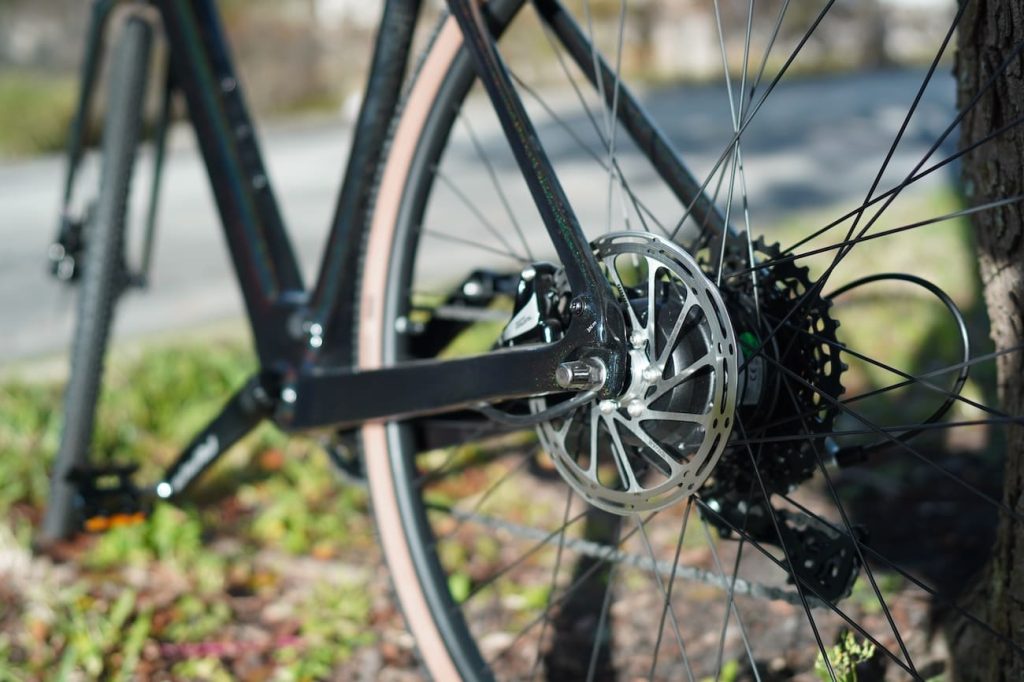
The bill’s goal is clear, though it might not be as effective as its authors hope. While devices that can be used to de-restrict electric bicycles do exist, they are actually quite rare in the field of e-bike hot-rodding.
It is much more common for e-bike owners to use built-in methods to remove speed limits built into the e-bikes, such as through software means, including changing user-accessible settings. There are also physical methods that don’t require any purchases, such as cutting a hidden “speed-limiting wire” or manipulating wheel magnets designed to interpret the bike’s current speed.
While the bill doesn’t directly address these types of modifications, the law that it is amending technically already makes such modifications illegal if they ultimately push the performance of the e-bike outside of the legally defined limits of electric bicycles, i.e., above either 20 or 28 mph speeds, depending on the class.
There are currently no laws in California limiting the top speed capabilities of cars or outlawing the hot-rodding of cars to travel faster than their manufacturer’s pre-designed limits.
A debate over speed
Supporters of the legislation argue that increasing the top speed of electric bicycles poses significant safety risks. Devices that override built-in speed limits can push speeds much higher, leading to dangerous situations on bike paths.
Top comment by John Slow
Does this block online sales? Do they have any plan for the existing bikes? In the problem locations, is any enforcement ever done?
Personally I get the intention, but when incomplete bike infrastructure forces so many onto the roads to go anywhere, I also get some of the reasons people want a little extra speed.
Feels like a reactionary move that won’t do much. Watch and see.
On the other hand, opponents of the bill believe that restricting the self-modification of privately owned e-bikes is an overreach that could hamper the advantages of such vehicles. They argue that many riders use faster electric bicycles responsibly and appreciate the additional power and speed for practical reasons, such as commuting over longer distances or keeping up with the speed of car traffic when forced to share the road in areas without sufficient bike lane infrastructure.
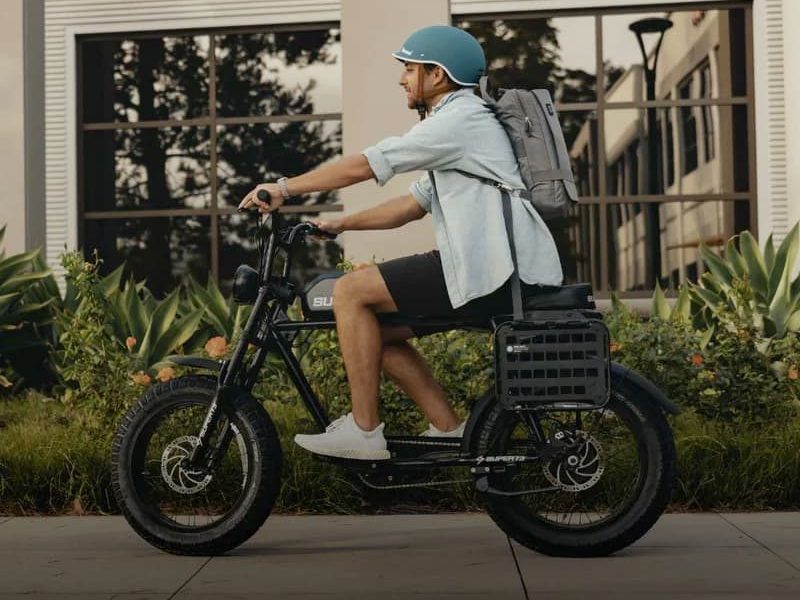
Is there a middle ground to be found?
The proposed bill comes at a time when a heated discussion has already been raging about the balance between safety and transportation benefits in the e-bike industry, especially among young riders.
While the need to protect public safety is undeniable, finding a solution that also supports the growth and benefits of environmentally-conscious electric bikes will be essential. What do you think? Let’s hear your thoughts in the comment section below!
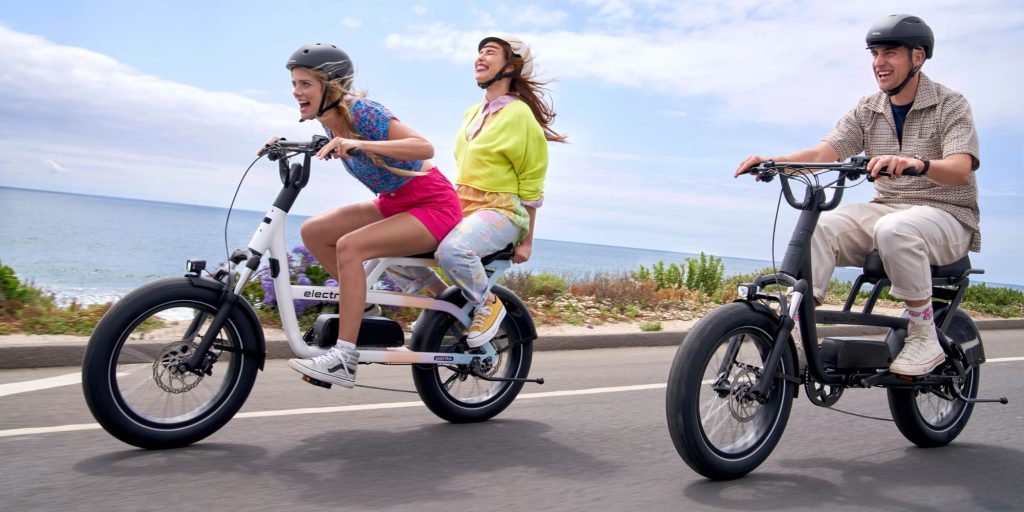
via: CBS8
FTC: We use income earning auto affiliate links. More.




Comments